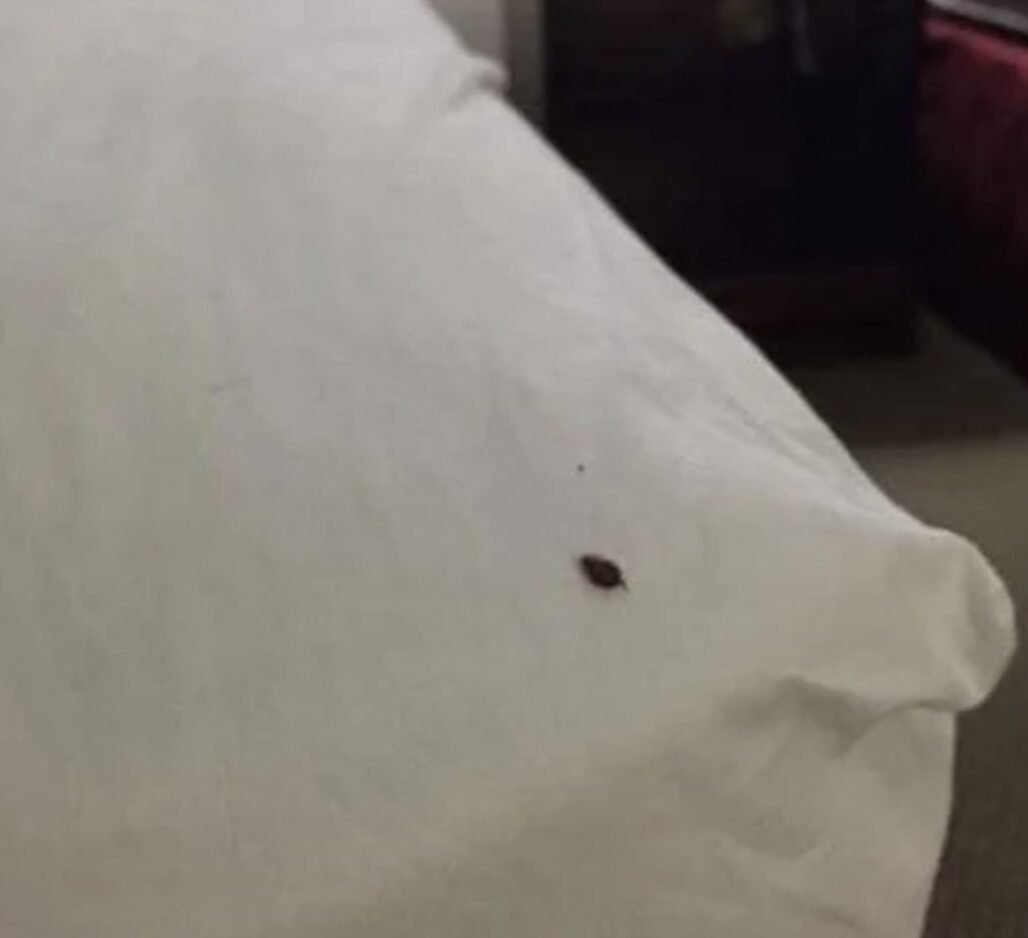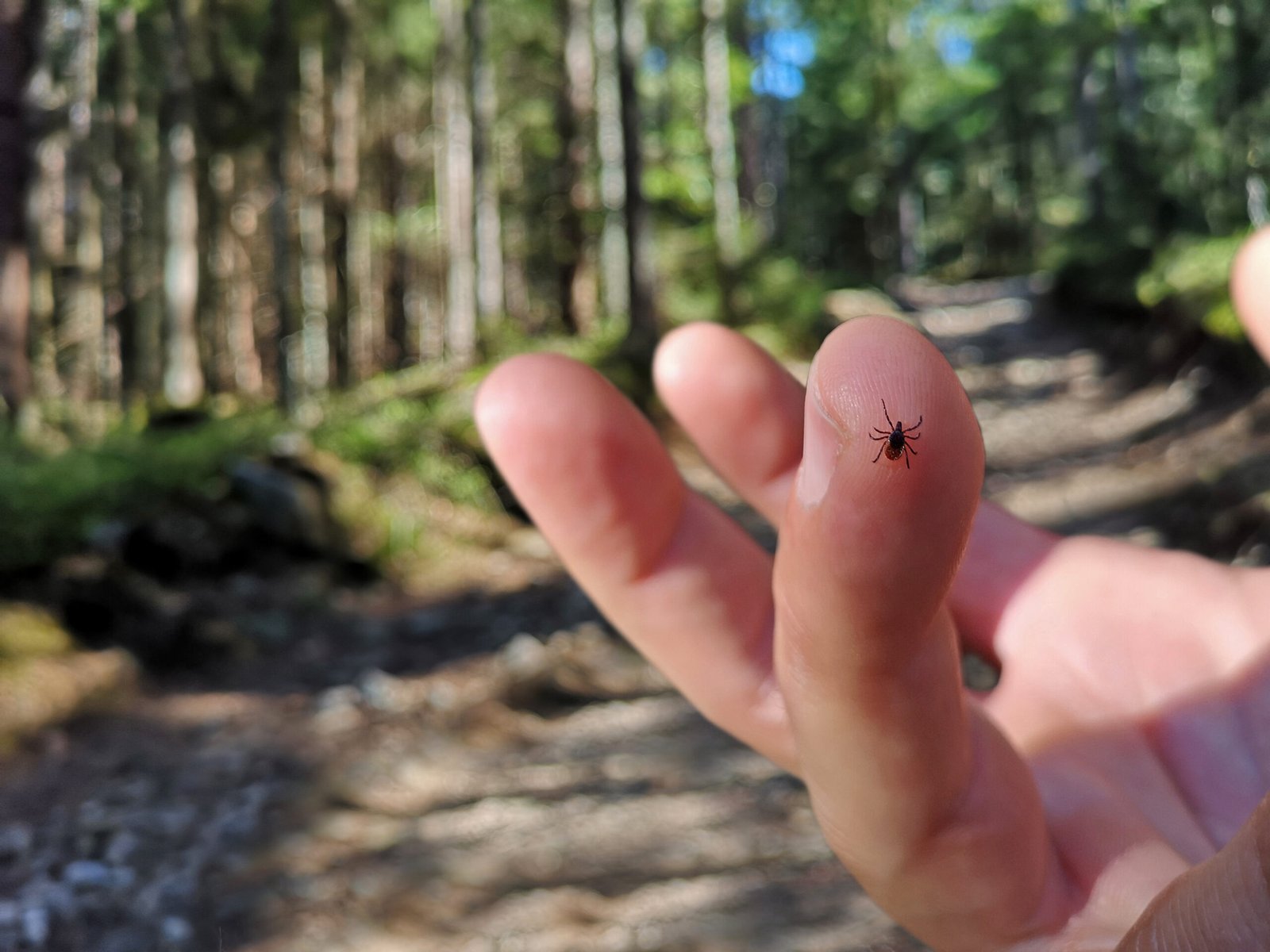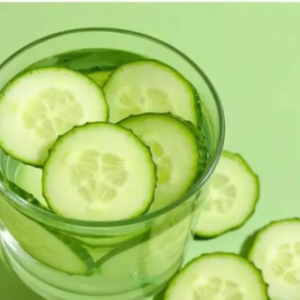Dealing with Ticks: A Friendly Guide for a Safe Home
I like to think of myself as someone who is loving and understanding towards all creatures. Well, almost all creatures. Spiders and snakes, two common phobias among humans, don’t really freak me out. I can handle them without going into panic mode. But there is one creepy-crawly that gives me the chills – ticks.
Ticks are not just annoying and invasive, but they can also be dangerous. These tiny creatures can carry debilitating diseases like Lyme disease and Rocky Mountain spotted fever. Not exactly the best house guests, right?
Chances are, depending on where you live, the time of year, and whether or not you have pets at home, you might come across a tick at some point. So, what should you do if and when you encounter one of these tiny blights?
Identify and Isolate the Problem
First things first, try to identify the type of tick. Whether it’s a black-legged tick, dog tick, or brown dog tick, knowing the species can help determine the potential risks associated with it. If the tick is in a specific area, keep your children and pets away until the tick is taken care of.

Take Protective Steps
To ensure a tick doesn’t latch onto you, it’s a good idea to wear gloves and long-sleeved clothing so your skin isn’t exposed. This simple step can help prevent tick bites and reduce the risk of tick-related diseases.
Thoroughly Clean and Disinfect
If you’ve come into contact with a tick, it’s essential to thoroughly wash any clothing or bedding that may have been affected. Use high heat to kill any lingering ticks. Don’t forget to vacuum the area, paying special attention to crevices and corners where ticks may hide.
Safely Remove the Tick
If you find a tick attached to your skin, don’t panic. Take a pair of fine-tipped tweezers and grasp the tick as close to the skin’s surface as possible. Slowly pull upwards with a steady motion, making sure not to twist or jerk. This technique will help ensure that the tick’s head doesn’t break off and remains in your skin.

After removing the tick, clean the bite area with alcohol or soapy water. You can dispose of the tick by using alcohol or flushing it down the toilet.
Monitor the Bite Area
It’s important to keep an eye on the site of the tick bite and monitor any symptoms that may develop. If you or someone you know experiences any unusual symptoms after a tick bite, it’s best to seek medical attention promptly.
Remember, ticks may be small, but they can cause big problems. By taking these simple steps to deal with ticks, you can help keep yourself and your loved ones safe. Share this article on Facebook to spread the message and protect others from the dangers of ticks. Stay safe and tick-free!



